Understanding Movable Glass Partitions
What Are Movable Glass Partitions?
Movable glass partitions are innovative architectural elements designed to create dynamic, flexible space solutions in both residential and commercial environments. These partitions consist of large glass panels that can be repositioned to alter the layout of a room without the need for permanent structural changes. Unlike traditional walls, movable glass partitions allow for a seamless flow of light and enhance visual connectivity between spaces, making them an elegant choice for modern interiors. When you’re looking for solutions that combine functionality with aesthetics, options like movable glass partitions become essential tools for architects and interior designers.
Benefits of Using Movable Glass Partitions
Movable glass partitions offer a myriad of benefits that make them an increasingly popular choice in various sectors:
- Flexibility: The primary advantage is the flexibility they provide. Spaces can be reconfigured easily to meet changing needs, making them ideal for multi-functional settings.
- Natural Light: Glass partitions optimize natural light flow, reducing the need for artificial lighting and creating a more inviting atmosphere.
- Sound Control: Advanced glass technology allows for sound insulation, providing privacy without sacrificing openness. Some systems offer sound control ratings (STC) as high as 50, suitable for office use.
- Modern Aesthetics: Sleek, contemporary glass designs contribute to a sophisticated appearance, making them suitable for high-end corporate settings, hotels, and restaurants.
- Energy Efficiency: Along with natural lighting, modern glass partitions can provide thermal insulation, contributing to energy cost savings.
Applications in Various Settings
Movable glass partitions are versatile tools suitable for a multitude of applications:
- Corporate Offices: They can be used to create collaborative spaces, meeting rooms, or quiet zones, adapting to the diverse requirements of a dynamic workplace.
- Retail Spaces: Retailers utilize glass partitions to create distinct product areas or temporary displays while allowing customers to see the whole store.
- Educational Institutions: Schools and universities employ these systems for classrooms, labs, and activity areas that require reconfiguration based on usage.
- Hospitality: Hotels and restaurants use movable glass partitions to shape dining experiences, introducing privacy when needed without detracting from an open environment.
Choosing the Right Movable Glass Partition
Factors to Consider
When selecting the right movable glass partition, several key factors should be evaluated:
- Space Requirements: Determine how often you will need to reconfigure the space and the ease of movement of the partitions.
- Office Layout: Consider the existing architectural elements and how glass partitions will integrate with current designs.
- Acoustic Needs: Establish your requirements for sound insulation to select an appropriate system with the desired STC rating.
- Budget Limits: Assess available funds, including installation costs. Higher-end systems may provide additional aesthetics and functionality but could exceed budgetary constraints.
Comparing Materials and Design Options
Movable glass partitions come in various materials and designs. Common factors to compare include:
- Frame Type: Options include frameless, semi-framed, or fully framed partitions. Frameless designs offer a sleek, modern look, while framed units are typically more robust and can offer enhanced acoustic properties.
- Glass Types: Consider tempered, laminated, or double-glazed glass for their safety, strength, and insulation properties.
- Finishes and Hardware: Aesthetic hardware options can significantly influence the overall appearance and functionality of the partitions.
Cost Implications and Budgeting
The cost of movable glass partitions can vary widely based on several factors including materials, size, and installation complexity. On average, pricing can range from $25 to $150 per square foot, depending on requirements. Here are several budgeting tips:
- Get Multiple Quotes: Always obtain several quotes from different suppliers to determine competitive pricing.
- Consider Long-term Value: Look beyond initial costs and consider durability, maintenance, and energy savings over time.
- Plan for Installation: Account for installation costs in budgeting, as professional installation is recommended for optimal performance.
Installation and Maintenance of Movable Glass Partitions
Professional Installation Tips
Successfully installing movable glass partitions requires expert knowledge. Here are essential tips:
- Consult a Professional: Even if the systems are designed for DIY, hiring a professional ensures proper handling, installation, and compliance with local regulations.
- Plan Layout Ahead: Prior research on power sources and structural weaknesses before installation can enhance feasibility.
- Prioritize Safety: Ensure safety protocols are followed, including proper handling and disposal of glass materials.
Maintenance Best Practices
Regular maintenance is crucial to extend the lifespan of movable glass partitions. Best practices include:
- Regular Cleaning: Use non-abrasive cleaners to keep glass panels clear and free from scratches.
- Inspect Mechanisms: Periodically check tracks and hardware for wear to ensure optimal functionality.
- Address Issues Promptly: Look out for any signs of damage to the glass or frame, and address them quickly to avoid larger problems.
Common Issues and Troubleshooting
Problems may arise with movable glass partitions, and knowing how to troubleshoot can save time and expense. Common challenges include:
- Difficulty Moving Panels: This can often be resolved by cleaning tracks and ensuring they are free from obstruction.
- Increased Noise Levels: If sound insulation is not as expected, check if the panels and seals are correctly installed.
- Glass Breakage: Regular assessments will help detect potential points of failure before they occur.
Case Studies: Successful Implementations
Corporate Office Transformations
A notable example of effective implementation is a corporate office in New York that utilized movable glass partitions to create collaborative workspaces. By replacing solid walls with glass, the company enhanced inter-departmental communication and morale. Employee feedback indicated a significant improvement in teamwork and workflow.
Educational Institutions Utilizing Glass Partitions
Many universities have embraced glass partitions to promote collaborative learning. In one case, a community college revamped its library area using movable glass to create study zones that can be easily adjusted for group work, resulting in increased usage and student satisfaction.
Retail and Hospitality Applications
Several upscale restaurants have deployed movable glass partitions to create intimate dining experiences. A high-end bistro in Los Angeles reported a 30% increase in reservations after introducing glass dividers to offer secluded dining options, enhancing the overall guest experience.
Future Trends in Movable Glass Partitions
Innovations in Design and Functionality
The future of movable glass partitions is promising, driven by innovation in design and materials. Smart glass, which can change opacity with the flip of a switch or remote, is gaining popularity, offering enhanced privacy without the need for physical barriers. Furthermore, designs are trending towards minimalism, leveraging technology to blend seamlessly into environments.
Sustainable Practices in Glass Partition Production
Environmental awareness is prompting manufacturers to adopt sustainable practices in glass production. This includes using recycled materials and eco-friendly manufacturing processes to reduce their carbon footprint. As these practices evolve, consumers will have more choices in sustainable partition solutions.
Impact of Technology on Movable Glass Systems
Advancements in technology are transforming movable glass systems. For instance, partitions with integrated electric shades or adjustable lighting systems allow users to easily control ambiance and privacy levels. Such innovations are expected to redefine how spaces are experienced in commercial and residential setups.
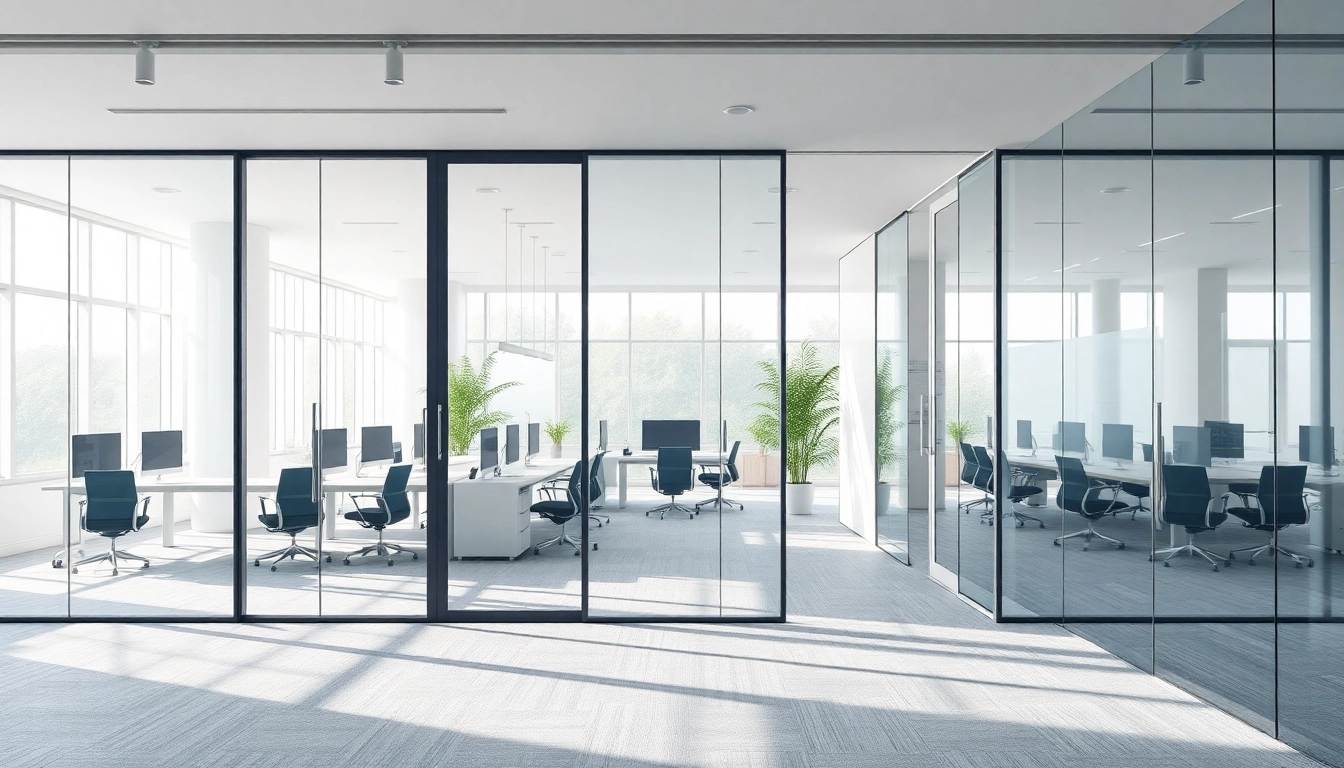
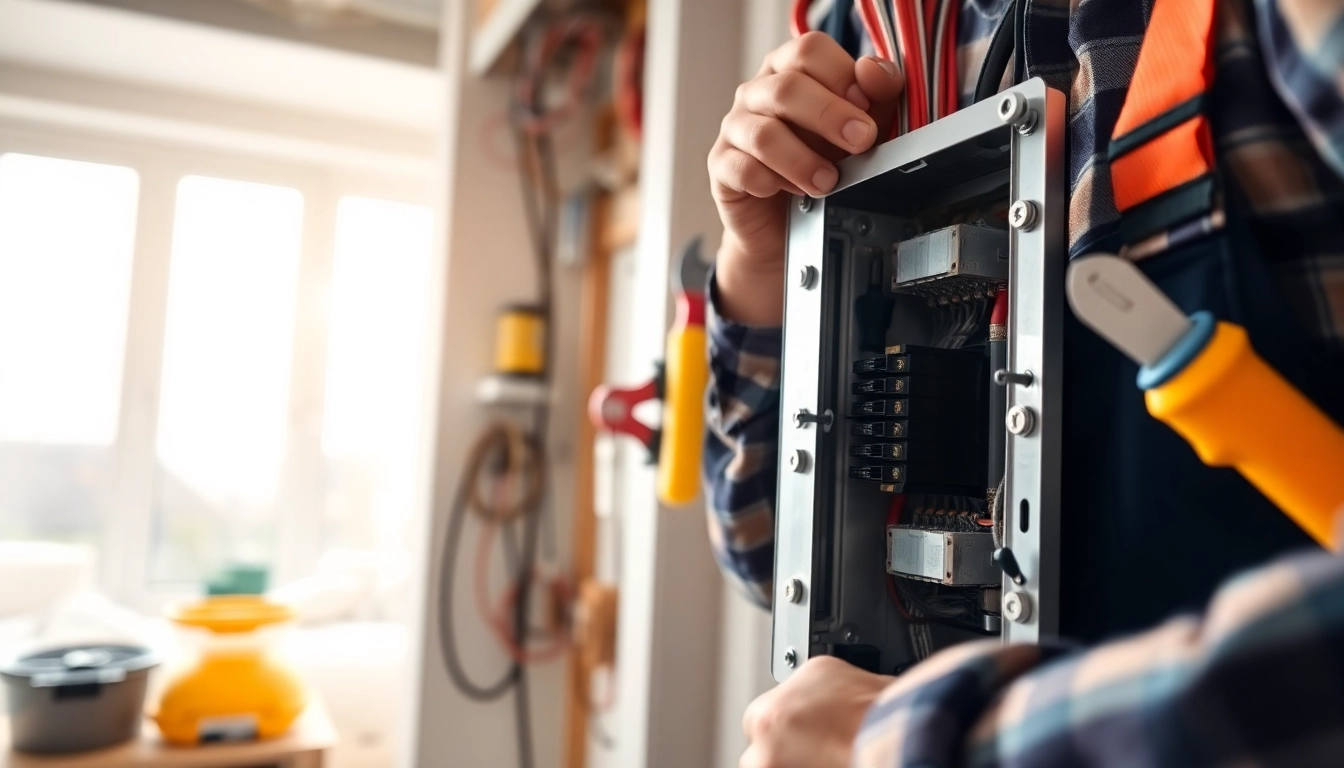

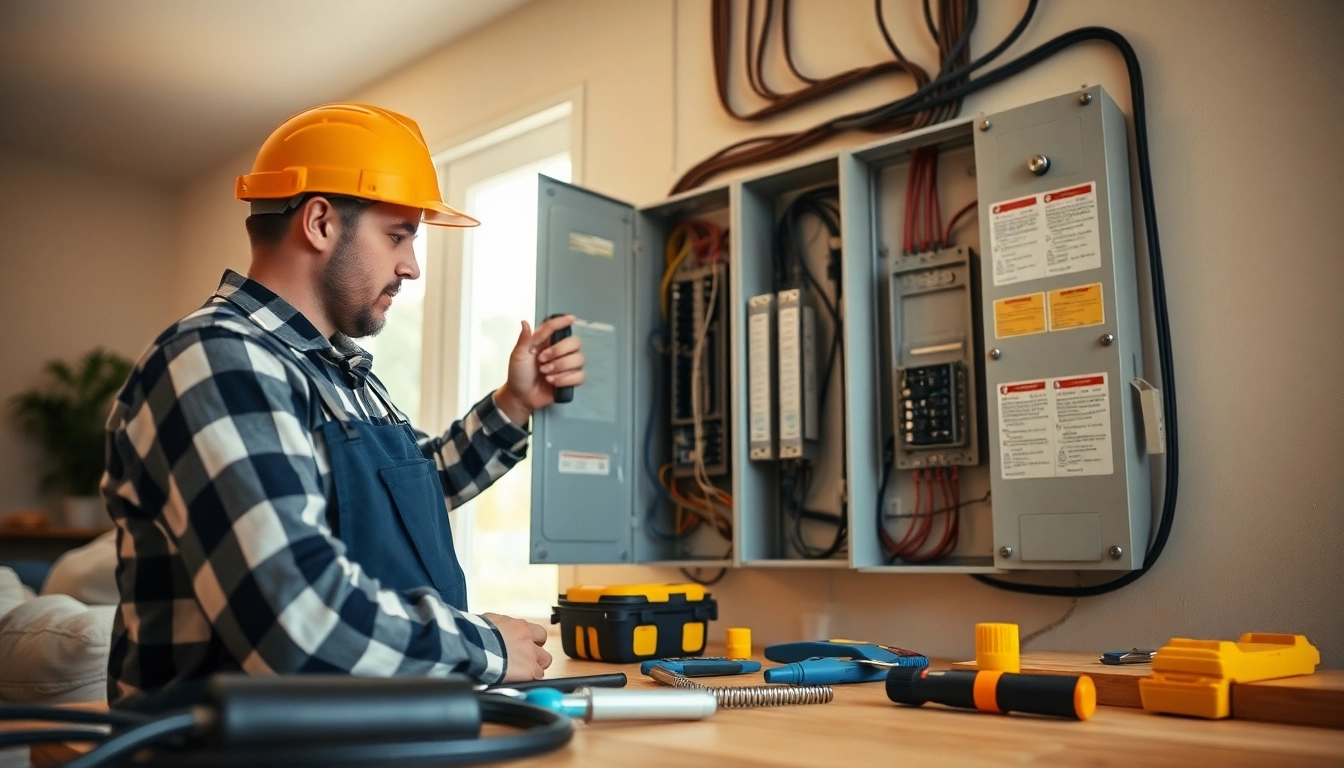

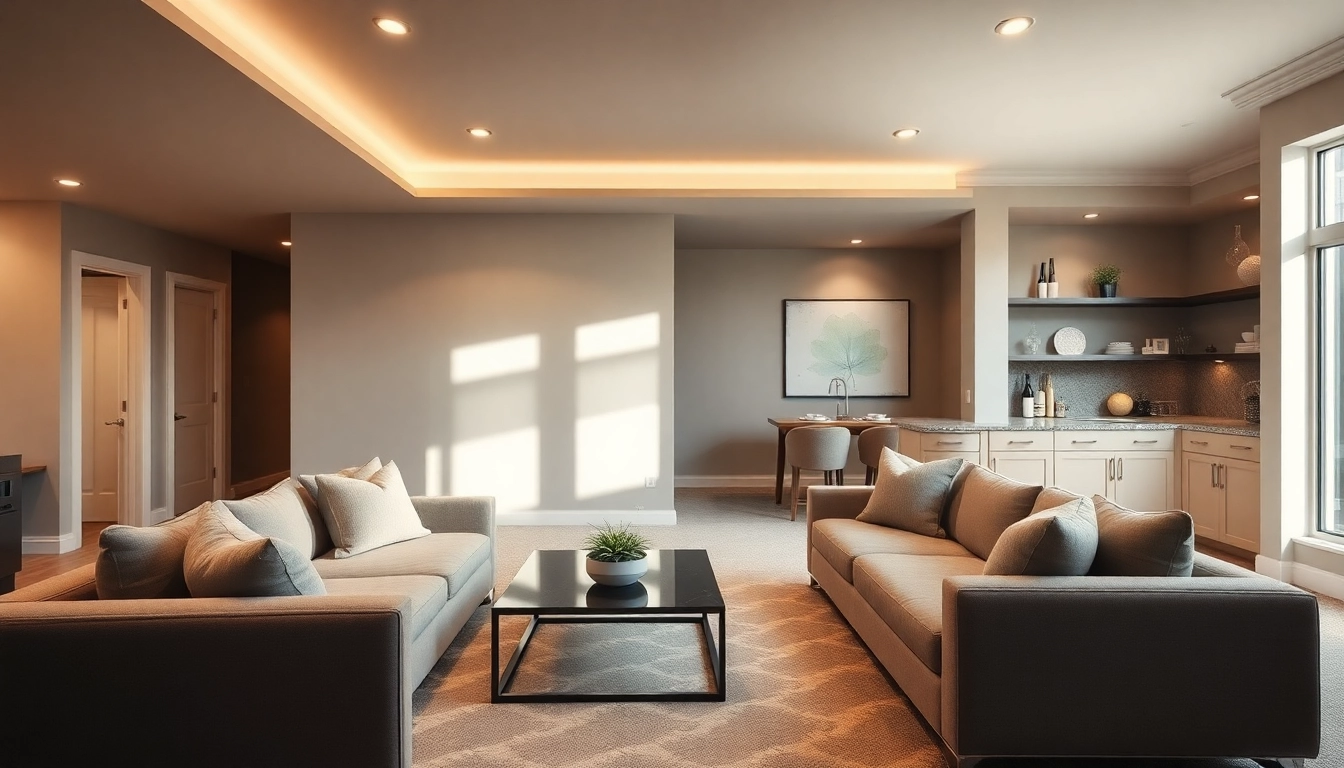
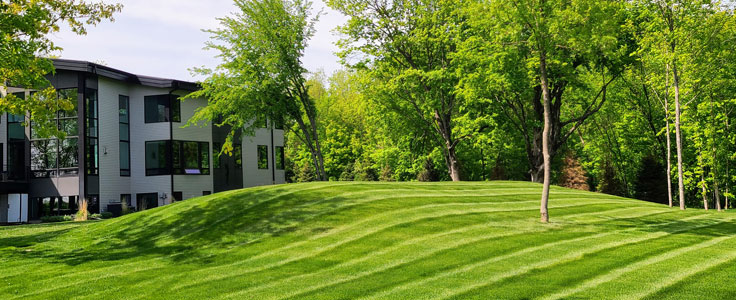
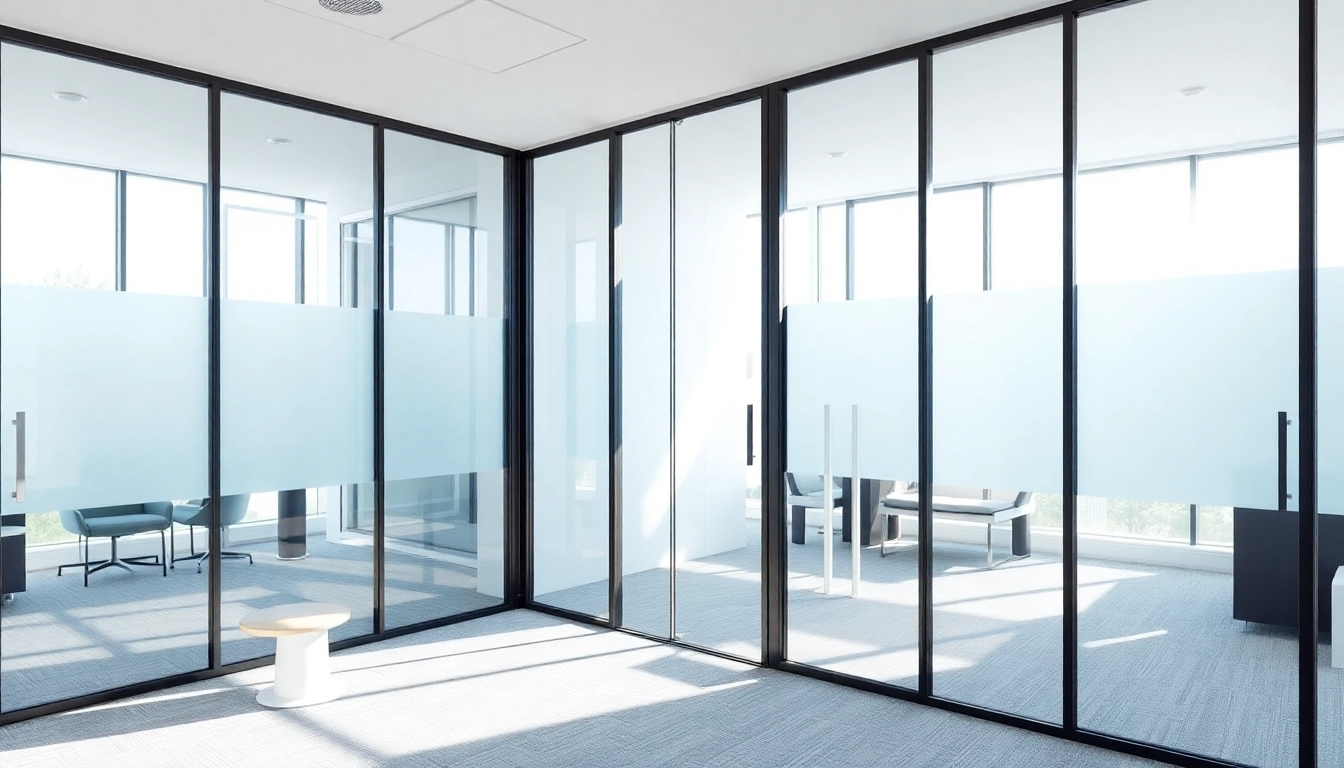
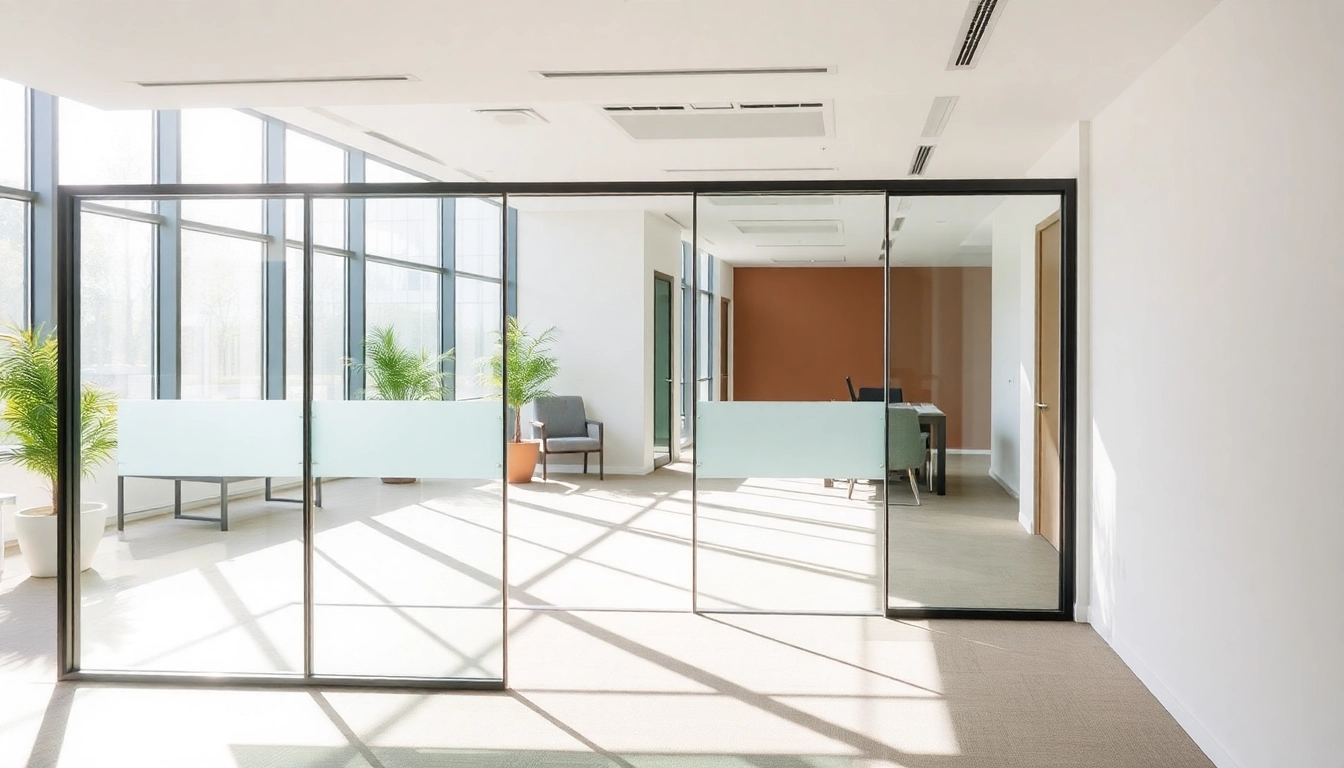
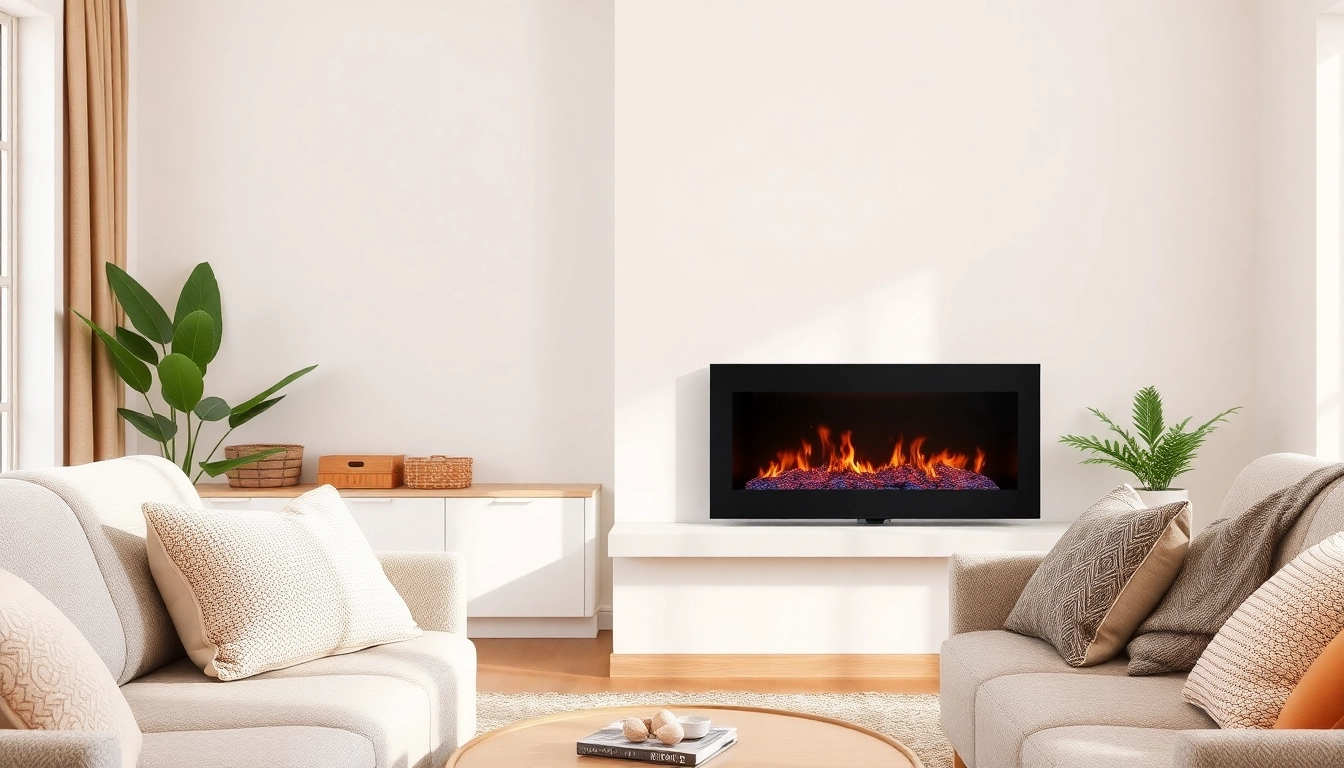
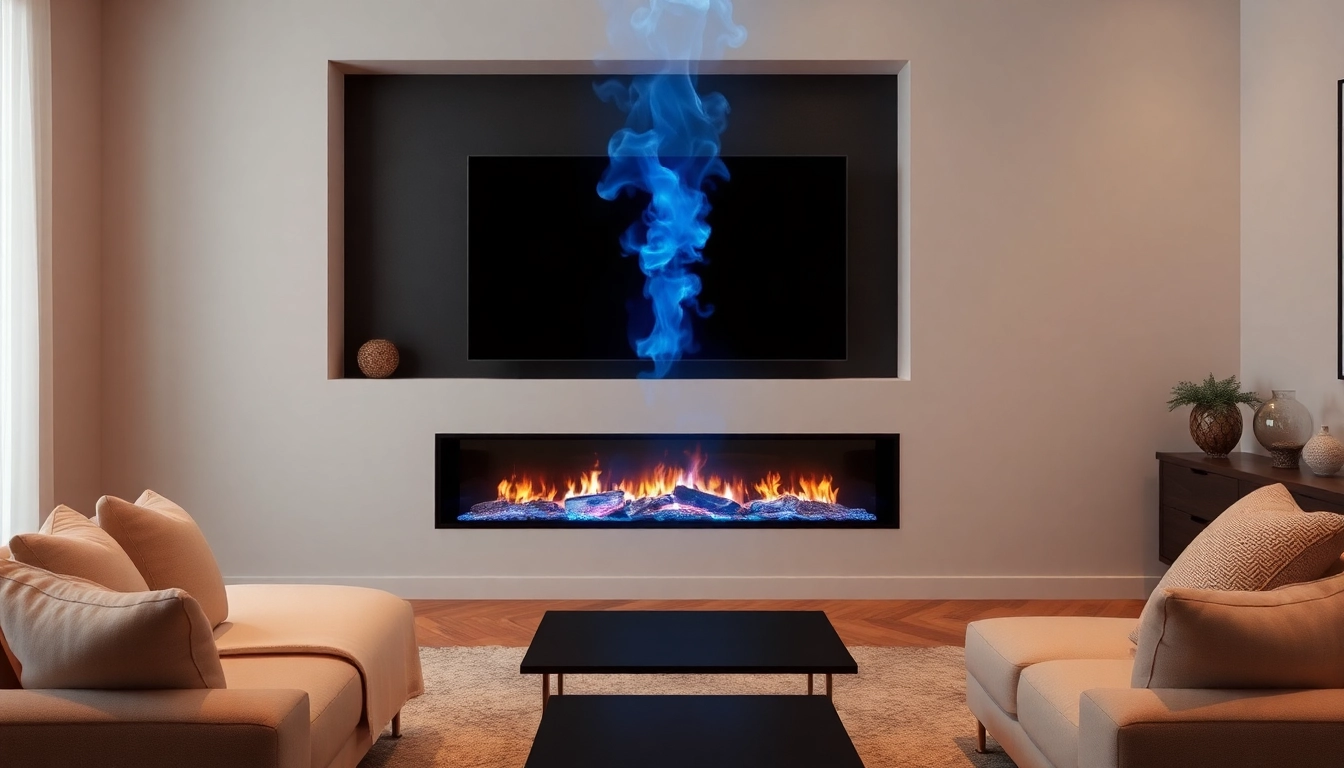




Leave a Reply